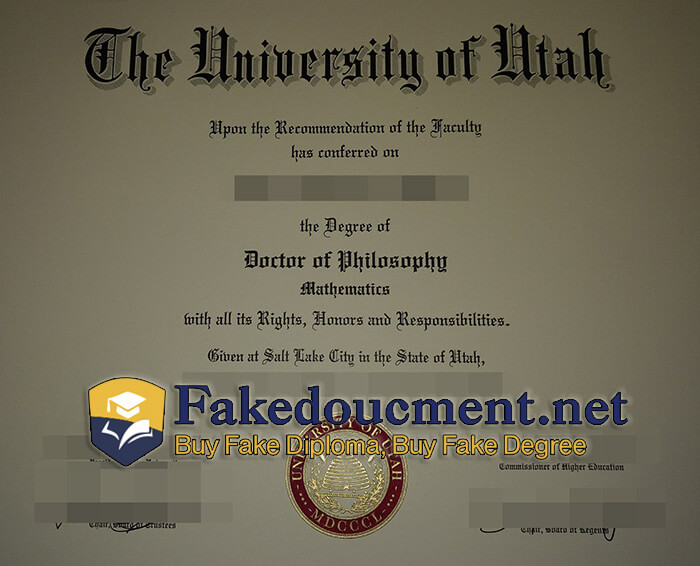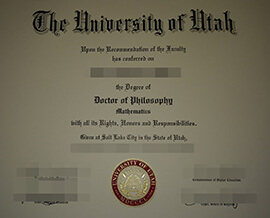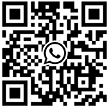
Where to order a realistic University of Utah degree certificate online? I would like to buy a realistic University of Utah diploma certificate online, The best way to buy a realistic University of Utah degree certificate online? The University of Utah, located in Salt Lake City, is a public research university known for its strong programs in health sciences, engineering, business, and law.
It is also recognized for its beautiful campus situated against the backdrop of the picturesque Wasatch Mountains. Is there anything specific you would like to know about the University of Utah?
As of Fall 2023, there were 26,827 undergraduate students and 8,409 graduate students, for an enrollment total of 35,236, making it the second-largest public university in Utah. Graduate studies include the S.J. Quinney College of Law and the School of Medicine, Utah’s first medical school. It is a member of the Association of American Universities (AAU) and is classified among “R1: Doctoral Universities – Very high research activity”.
According to the National Science Foundation, the university received $670 million in research and development funding in 2022, ranking it 47th in the nation. The university’s health care system includes four hospitals, including the University of Utah Hospital and Huntsman Cancer Institute, along with twelve community clinics and specialty centers such as the Moran Eye Center. The university’s athletic teams, the Utes, participate in NCAA Division I athletics (FBS for football) as a member of the Pac-12 Conference. On August 4, 2023, the university applied and was accepted to join the Big 12 Conference starting in 2024.
Twenty-two Rhodes Scholars, four Nobel Prize winners, three Turing Award winners, eight MacArthur Fellows, various Pulitzer Prize winners, two astronauts, Gates Cambridge Scholars, and Churchill Scholars have been affiliated with the university as students, researchers, or faculty members in its history.
Soon after the Mormon pioneers arrived in the Salt Lake valley in 1847, Brigham Young began organizing a Board of Regents to establish a university. The university was established on February 28, 1850, as the University of Deseret by the General Assembly of the provisional State of Deseret, and Orson Spencer was appointed as the first chancellor of the university. Early classes were held in private homes, or wherever space could be found. The university closed in 1853 due to a lack of funds and lack of feeder schools.
Following years of intermittent classes in the Salt Lake City Council House, the university began to be re-established in 1867 under the direction of David O. Calder, who was followed by John R. Park in 1869. The university moved out of the council house into the Union Academy building in 1876 and into Union Square in 1884.
In 1892, the school’s name was changed to the University of Utah, and John R. Park began arranging to obtain land belonging to the U.S. Army’s Fort Douglas on the east bench of the Salt Lake Valley, where the university moved permanently in 1900. Additional Fort Douglas land has been granted to the university over the years, and the fort was officially closed on October 26, 1991. Upon his death in 1900, Dr. John R. Park bequeathed his entire fortune to the university.
The university grew rapidly in the early 20th century but was involved in an academic freedom controversy in 1915 when Joseph T. Kingsbury recommended that five faculty members be dismissed after a graduation speaker made a speech critical of Utah governor William Spry. One third of the faculty resigned in protest of these dismissals.
Some felt that the dismissals were a result of the Church of Jesus Christ of Latter-day Saints’ influence on the university, while others[who?] felt that they reflected a more general pattern of repressing religious and political expression that might be deemed offensive.
The controversy was largely resolved when Kingsbury resigned in 1916, but university operations were again interrupted by World War I, and later The Great Depression and World War II. Student enrollment dropped to a low of 3,418 during the last year of World War II, but A. Ray Olpin made substantial additions to campus following the war, and enrollment reached 12,000 by the time he retired in 1964. Growth continued in the following decades as the university developed into a research center for fields such as computer science and medicine.






